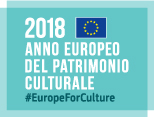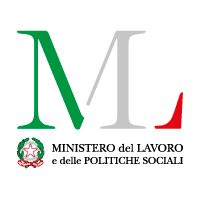The National Archaeological Museum of Naples (MANN) is one of the most important of its kind in the world, due to the wealth of its archaeological heritage. The collection was created thanks to King Charles III of Spain, who ruled the Kingdom of Naples from 1734, and to his cultural policies. The king in fact promoted the exploration of the cities around Vesuvius, buried under the eruption of 79 CE, and he was responsible for the establishment, in the city, of a Farnese Museum, transferring the collection inherited from his mother, Elisabeth Farnese, to Naples. His son, Ferdinand I of the Two Sicilies, decided to bring the two main collections of the museum: the Farnese Collection and the Vesuvian Collection, into the building we see today. The collections in the Museum, which was nationalised in 1860, continued to grow with the addition of relics from excavations in Campania and Southern Italy, as well as from private collections. One of the most important and valuable collections is the Egyptian one. The MANN is a point of reference in Naples, to the extent that those who live in the city refer to it simply as “the Museum”.
The MANN is extremely attentive to and aware of the needs of people with physical, sensory and cognitive disabilities. Tablets are available from the front desk to provide deaf visitors with an Italian Sign Language video to accompany them on their visit.
OPENING TIMES
Open every day (closed on Tuesdays): 09:00 – 19:30
The museum begins to close at 19:00
Click here for more information about opening times at the MANN.
At the MANN, all architectural barriers that could limit the possibility for independent movement by persons with physical disabilities have been removed. Ramps and lifts offer full, free use of museum spaces to all visitors.
Wheelchairs and tablets with Italian Sign Language video guide are available from the Information Point.
Itineraries and tactile laboratories for the blind and partially sighted are available (subject to prior booking) from the specialist welcome staff at the Museum.
Click here for more information about accessibility and bookings.


